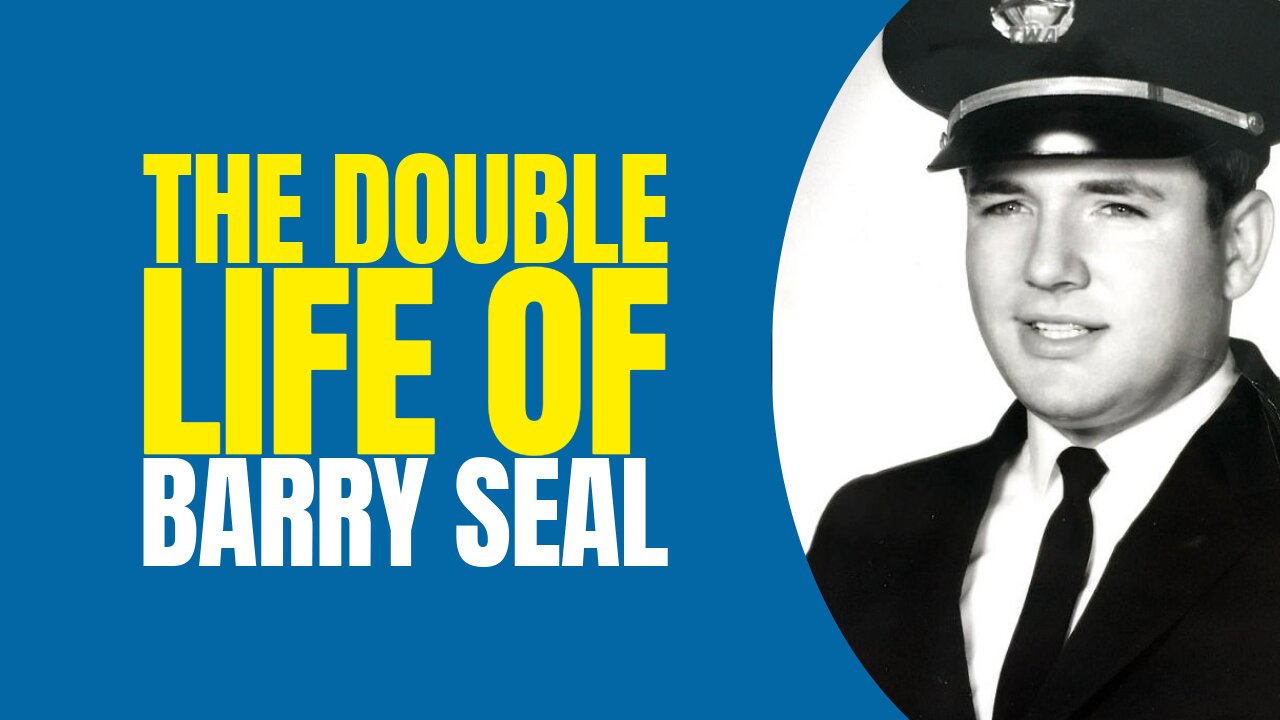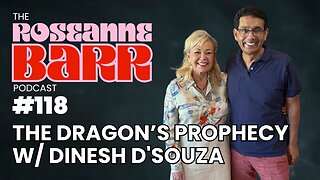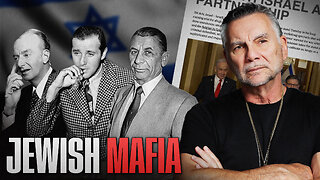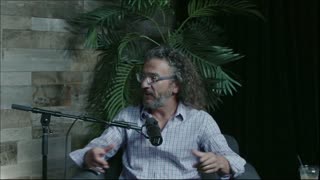Premium Only Content

Adler Berriman “Barry” Seal: The Double Life of a Pilot-Turned-Outlaw
Adler Berriman "Barry" Seal, a pilot involved in both drug smuggling and government espionage, is most famous for his connections to the Medellín cartel, the cocaine trafficking organization led by Pablo Escobar, Carlos Lehder, and the Ochoa brothers.
His story, full of danger and betrayal, represents the complexities of the 1980s War on Drugs.
Born on July 16, 1939, in Baton Rouge, Louisiana, Seal exhibited a keen interest in aviation from a young age. He earned his pilot's license as a teenager and displayed remarkable skill, becoming one of the youngest captains at Trans World Airlines by his mid-twenties.
However, his career with TWA ended in July 1972, when he was arrested for involvement in a conspiracy to smuggle explosives into Mexico.
Although the case against him was dismissed in 1974 for prosecutorial misconduct, the incident marked the beginning of his descent into criminal activities.
By the late 1970s, Seal transitioned from minor contraband to trafficking marijuana and cocaine, leveraging his piloting skills to evade authorities.
His reputation for daring flights caught the attention of Colombia’s Medellín Cartel, turning Seal into a key player in the U.S.-Latin American drug trade.
At his peak, he smuggled hundreds of kilograms of cocaine monthly.
Reportedly weighing around 300 pounds, Seal was known as “El Gordo,” or “The Fat One.”
Seal's operations were characterized by his innovative use of aircraft.
He utilized small planes outfitted with advanced navigation and cargo systems, enabling him to evade law enforcement and radar detection.
His aviation skills and connections allowed him to establish clandestine airstrips and networks spanning the Americas.
By the early 1980s, Seal became a linchpin for the Medellín Cartel.
The cartel relied on Seal’s ability to move massive quantities of drugs undetected.
Seal’s relationship with the cartel was transactional but perilous.
He negotiated directly with Escobar and Lehder, who trusted him with multi-million-dollar shipments. However, the cartel’s ruthlessness kept Seal in constant danger.
He once recounted being forced at gunpoint to repair a damaged plane in Colombia.
In 1983, Seal’s empire crumbled when he was arrested in Florida for drug trafficking. Facing a 10-year sentence, he struck a deal with the DEA, agreeing to wear a wire and gather evidence against the Medellín Cartel.
Seal’s most damning act was a covert operation in Nicaragua, where he wore a wire and photographed Escobar and members of the Sandinista regime loading cocaine onto a plane. These photos were leaked to the press, blowing Seal’s cover.
Meanwhile, Seal’s role expanded beyond the DEA to the CIA during the Iran-Contra affair. He allegedly used the same aircraft for drug trafficking and weapon deliveries to Contras. The Mena airport scandal supports claims that the CIA overlooked his smuggling in exchange for logistical support.
Seal’s dual life as a cartel smuggler and government asset made him a marked man. On February 19, 1986, hitmen ambushed Seal in Baton Rouge, riddling his car with bullets in a execution-style killing.
Seal was just 46 years old at the time of his death. He was survived by six children. Seal’s life inspired the 2017 film American Made, starring Tom Cruise.
Barry Seal’s story remains a potent symbol of the intersection of crime, politics, and law enforcement and the moral ambiguities of the Reagan-era War on Drugs.
-
 LIVE
LIVE
SpartakusLIVE
1 hour ago#1 All-American HERO with LUSCIOUS hair and AVERAGE forehead brings Friday Night HYPE
270 watching -
 1:39:27
1:39:27
Roseanne Barr
5 hours agoThe Dragon’s Prophecy W/ Dinesh D’Souza | The Roseanne Barr Podcast #118
99.3K46 -
 28:24
28:24
Michael Franzese
3 hours agoHow Jewish Mafia Influenced American Organized Crime
35.6K24 -
 LIVE
LIVE
GritsGG
2 hours agoDuos! Most Wins in WORLD! 3680+!
44 watching -
 LIVE
LIVE
Midnight In The Mountains™
1 hour agoActive Matter Game Play | Gaming w/ PER·SE·VER·ANCE | with Midnight & Lady
43 watching -
 5:08:55
5:08:55
Dr Disrespect
7 hours ago🔴LIVE - DR DISRESPECT - BABY STEPS - THE VERY VERY LAST CHAPTER
109K11 -

StoneMountain64
6 hours agoBLACK OPS 7 Unlocking Weapons and Overclocks (Mouse and Keyboard Player)
47K2 -
 3:59:10
3:59:10
ahdedazs
5 hours ago $1.29 earnedBlack Ops 7 EARLY ACCESS BETA! Second Stream on RUMBLE! *NEW CREATOR*
44.3K1 -
 3:24:38
3:24:38
LadyDesireeMusic
5 hours ago $2.26 earnedLive Piano 10-3-25
54.7K3 -
 54:08
54:08
vivafrei
4 hours agoLive With Dinesh D'Souza-The Dragons Prophecy
68.6K31
